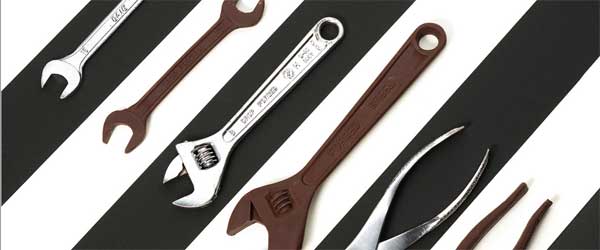LB medium is a staple in virtually every lab. It’s commonly used to propagate E. coli, and as such will be used frequently by any lab that does cloning. Chances are, LB broth or plates were one of the first things you learned to make as a newbie in the lab. Here are a few interesting facts you might not know about LB:
- LB broth was first created in the 1950’s by Giuseppe Bertani to optimize the growth of Shigella and plaque formation as part of his research into bacterial lysogeny. Many researchers mistakenly believe that LB stands for Luria-Bertani. However its inventor clarified in his review article “Lysogeny at Mid-Twentieth Century: P1, P2, and Other Experimental Systems,” that the initials were intended to stand for lysogeny broth, not his name and that of his colleague Salvador Luria [1].
- Making your own LB broth from scratch is cheaper than buying premixed formulations from companies. Some of these premixes are known to contain contaminants which can inhibit certain strains of E. coli. By making your own LB, you have full control over its composition and can prevent inter-batch variability [3].
- There are many variations of the recipe for LB broth but the most common is as follows: combine 10 g of tryptone, 5 g of yeast extract, 10 g of NaCl, and 1 liter of distilled water; adjust the pH to 7.0 with 1 N NaOH; and autoclave the mixture for 25 minutes at 120°C [2].
- LB broth supports E. coli growth to an optical density at 600 nm (OD600) of 7. However, steady-state growth ceases at an OD600 of 0.3, when the growth rate slows down and cell mass decreases. Growth stops due to the lack of a utilizable carbon source [2].
- You should make up LB just before autoclaving to prevent bacterial contamination (i.e., no more than a couple of hours). Bur remember, don’t add antibiotics to your LB broth before autoclaving, as the high temperature will inactivate them. Once you have added antibiotics to your LB, store it at 4°C.
References
1. Bertani, G., Lysogeny at Mid-Twentieth Century: P1, P2, and Other Experimental Systems. Journal of Bacteriology, 2004. 186(3): p. 595-600.
2. Sezonov, G., D. Joseleau-Petit, and R. D’Ari, Escherichia coli physiology in Luria-Bertani broth. Journal of Bacteriology, 2007. 189(23): p. 8746-9.
3. Nikaido, H. (2009). The Limitations of LB Medium. Small things considered – The Microbe Blog. ASM. https://schaechter.asmblog.org/schaechter/2009/11/the-limitations-of-lb-medium.html







